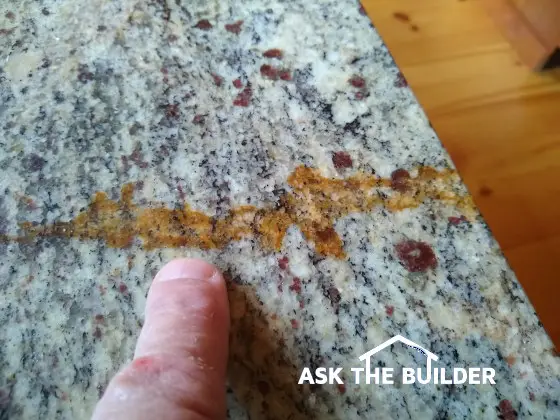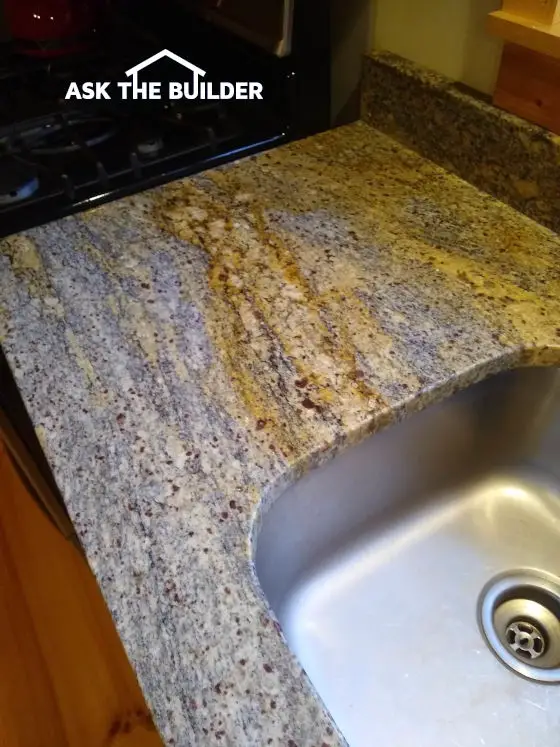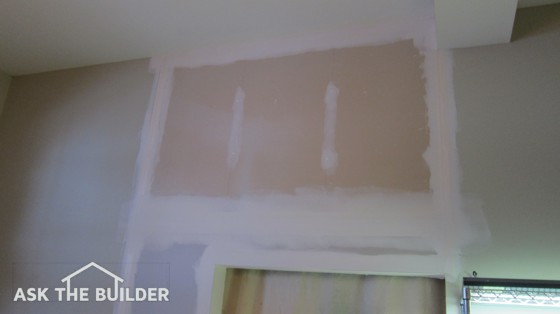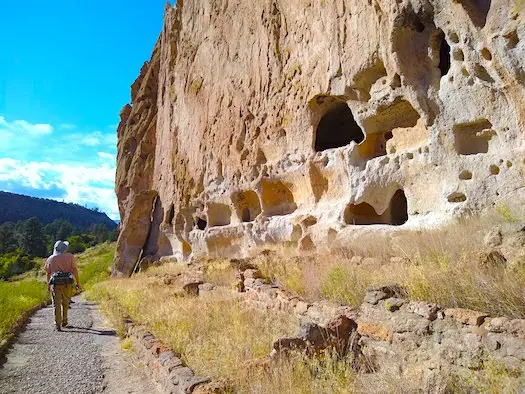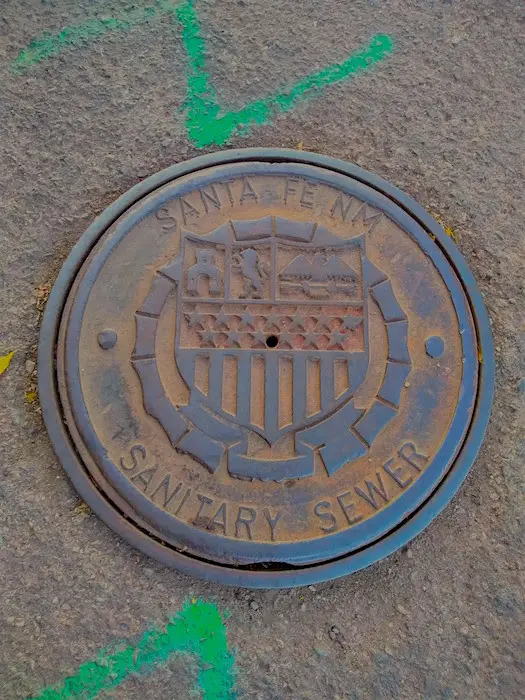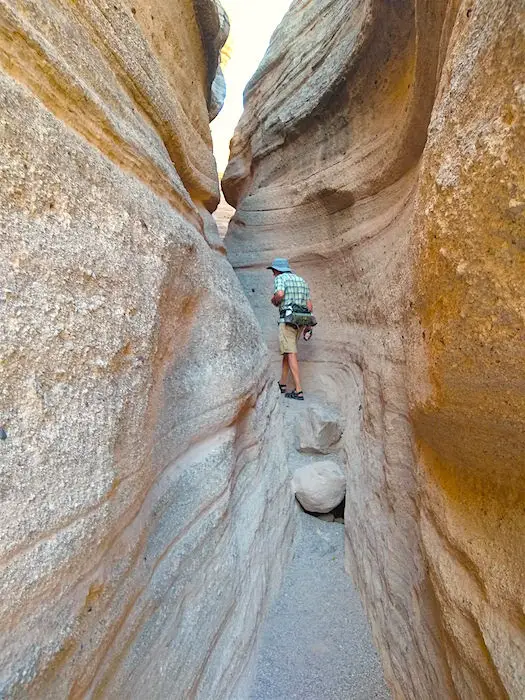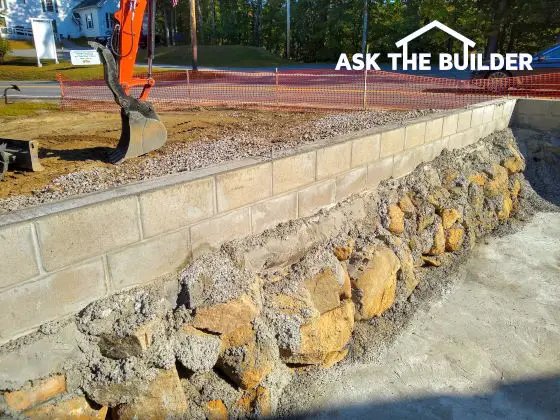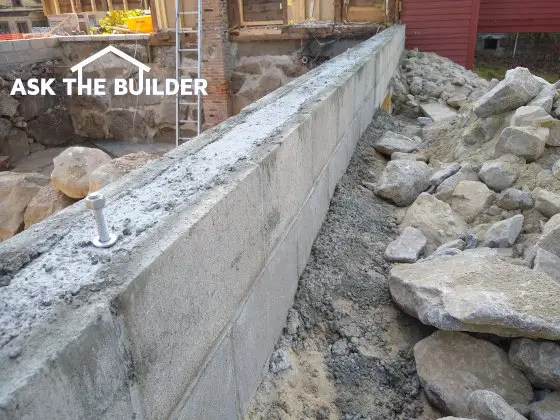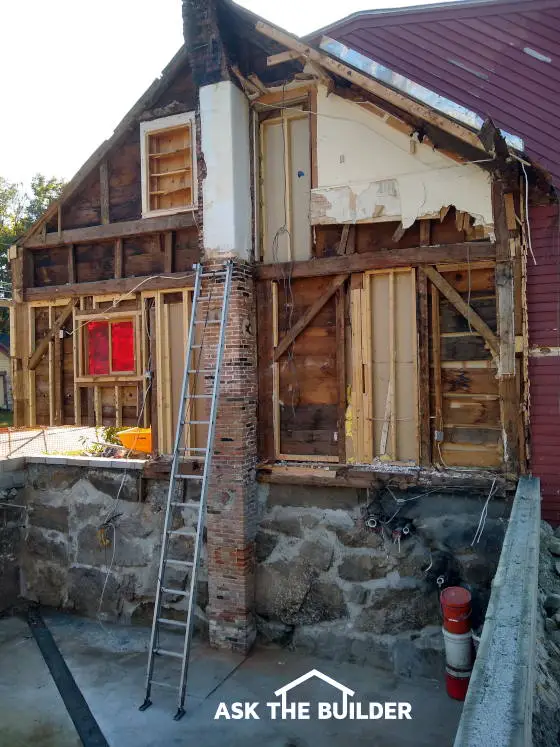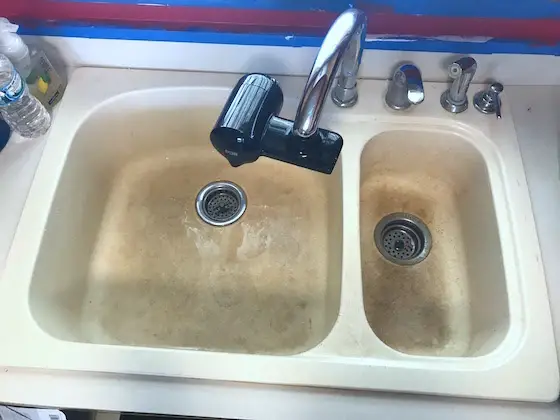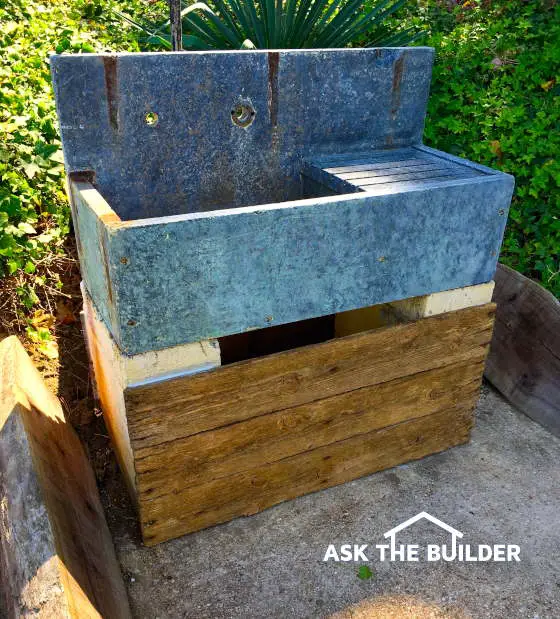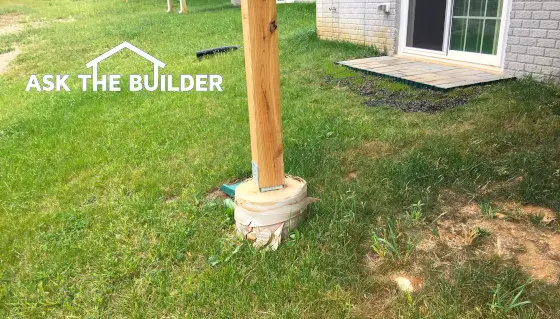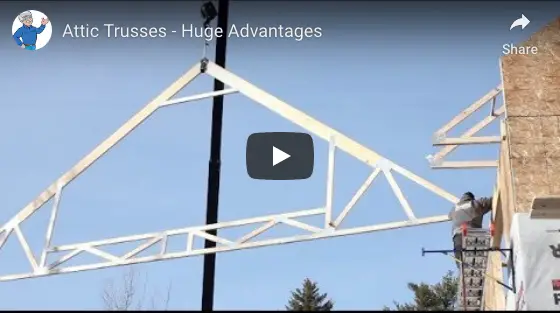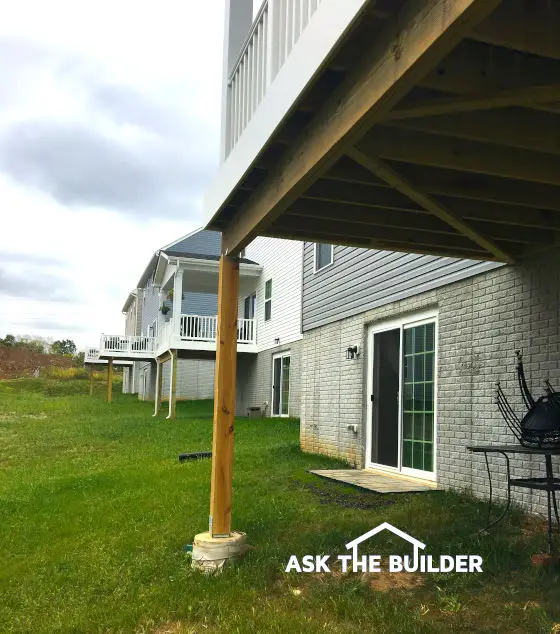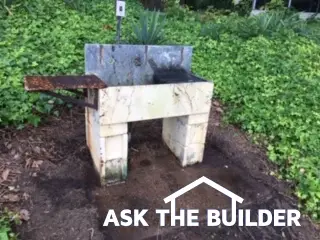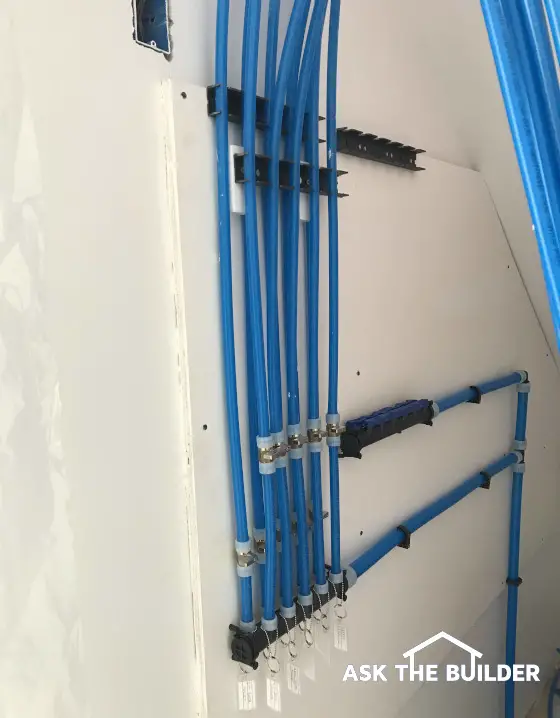
Gladiator Foldaway Work Station | There are countless things you can store on these heavy-duty metal shelves not the least of which are indoor orchid gardening supplies! The workstation is 42 inches wide, 30.5 inches tall, and the shelves are 10 inches deep. Look far below for photos of what happens when you mix all of the above ingredients with loving care.
Gladiator Foldaway Work Station - Beefy & Easy to Assemble
My wife Kathy needed some heavy-duty shelving to help her store supplies for her orchid-growing hobby.
I felt the Gladiator Foldaway Work Station would be just the thing and both of us are now happy.
While you may not grow orchids, you surely will find this work station beneficial for storing all sorts of tools and supplies.
How Long Did it Take to Assemble?
It only took less than an hour to assemble the work station. All of the bolts and nuts, as well as a handy Allen wrench were included. It was easy to follow the instructions and all in all it was not hard to do.
Did You Have Any Difficulty?
Yes, there were four bolts on the middle shelf that were next to impossible to install using the included Allen wrench. A total of eight bolts hold up the shelf and the first four were easy to install. Gladiator should include a cheap screwdriver tool that has the same Allen-wrench shaft to allow you to install the four bolts. It's impossible to get the Allen wrench into the tight spot to tighten the four bolts.
How Long Did It Take To Hang on the Wall?
It took me less than 30 minutes to hang the work station on the wall. You'll need a helper to lift it up with you to connect it to the Geartrack®.
The drop-down shelf that acts as a door is quite handy for small projects requiring a solid flat surface.
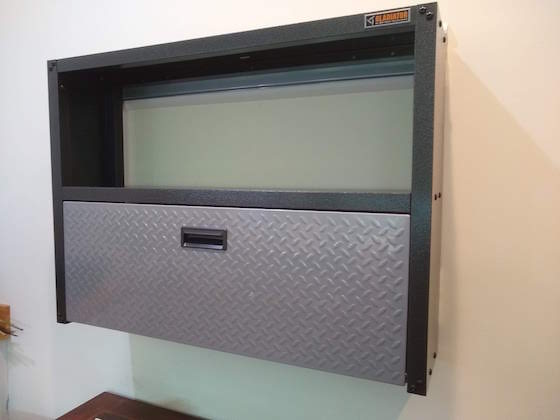
This is what the work station looks like before you load it up. It's designed to hold lots of weight. You can put 50 pounds on each of the three shelves and 50 pounds on the drop-down door you see with the handle.
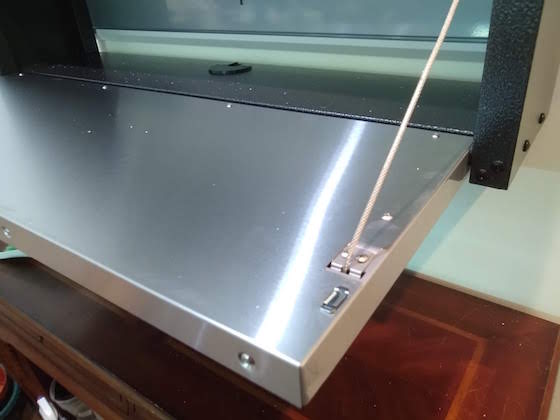
This is the beefy stainless-steel door that transforms into a sturdy work platform. You can place up to 50 pounds on this shelf!
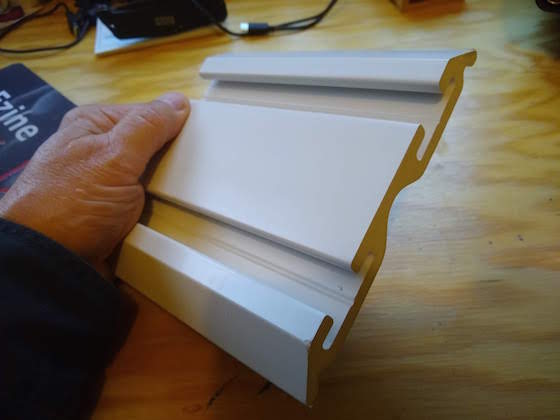
This is a scrap piece of the Gladiator Geartrack® Channel used to hang the work station. It's made from vinyl and is easy to cut and attach to the wall. Unfortunately, these are NOT INCLUDED with the work station. I feel that's a mistake. You have to order a pack of two of these channels separately and then you have to cut them. I feel Gladiator should make it easy and precut them to the required 42 inches and put two of them in the box for goodness sakes. I guarantee you there are going to be people complaining about this in online reviews. Be sure the screws you use penetrate no less than 1.5 inches into a solid wood stud. If mounting to concrete, use stud anchors no less than 2 inches long.
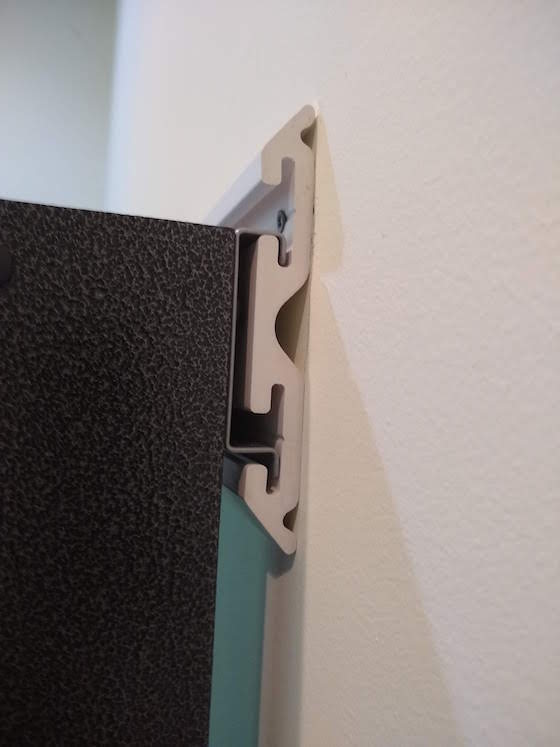
This is how the work station attached to the Geartrack® channels.
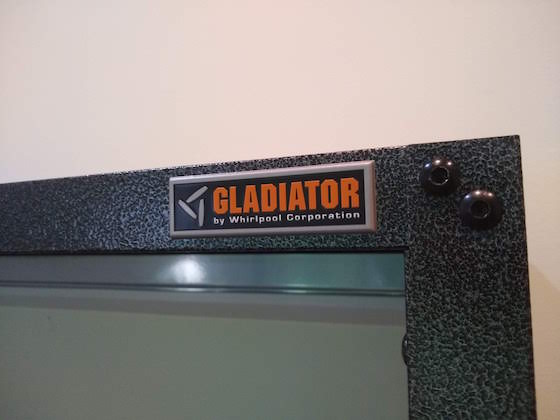
You get this handsome logo at the top right corner to remind you who made this strong workstation that will last for generations.

Kathy has no less than 100 orchids in the house and she gets them to bloom and bloom and bloom with what appears to be minimal effort.

There are orchids of all sizes and shapes and colors in the house. They sure are eye candy to me!

This is a very common orchid you might see in stores. The trick is getting them to bloom and bloom and bloom. Much of the magic is all about temperature variation every 12 hours and a breezy environment believe it or not.
